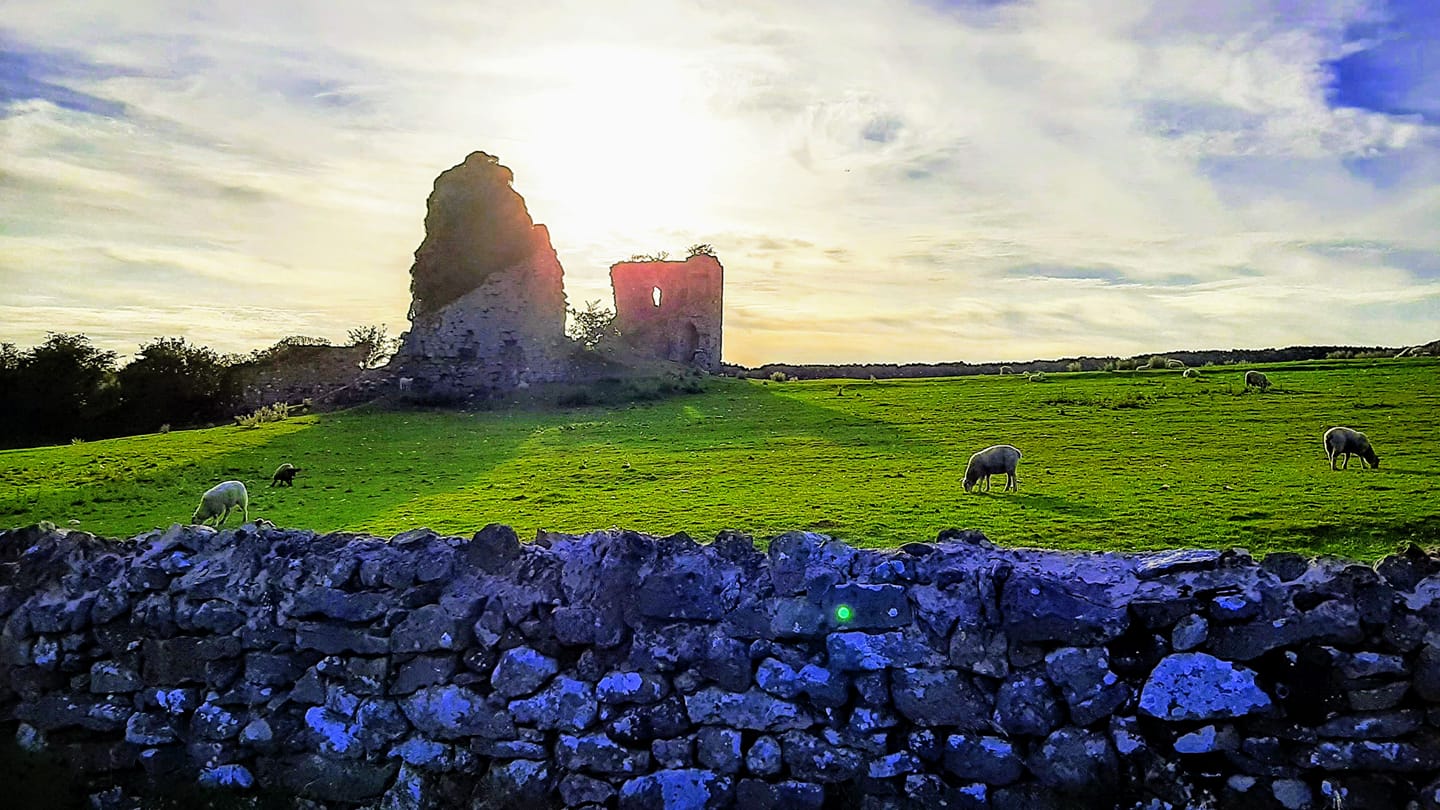 >
>
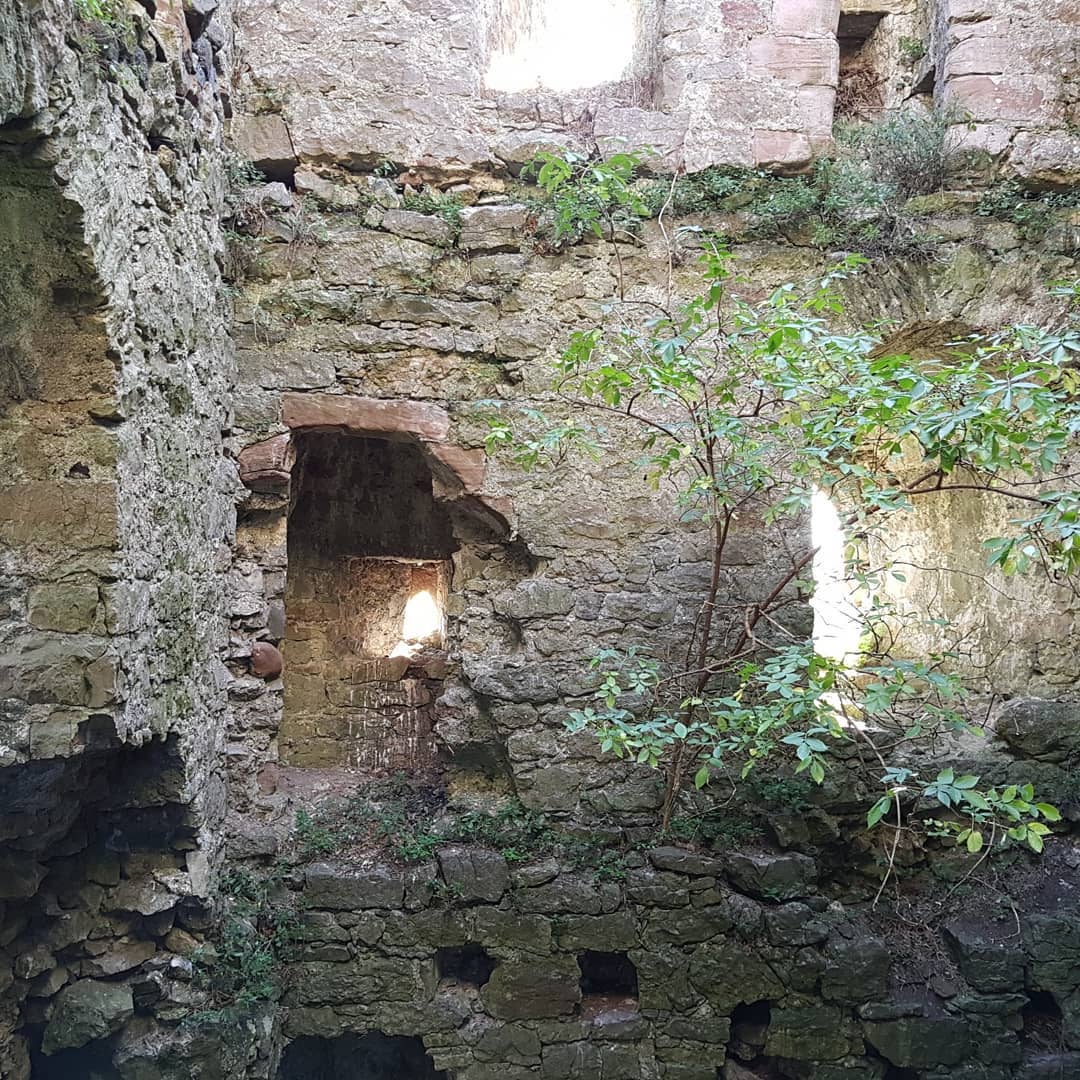 >
>
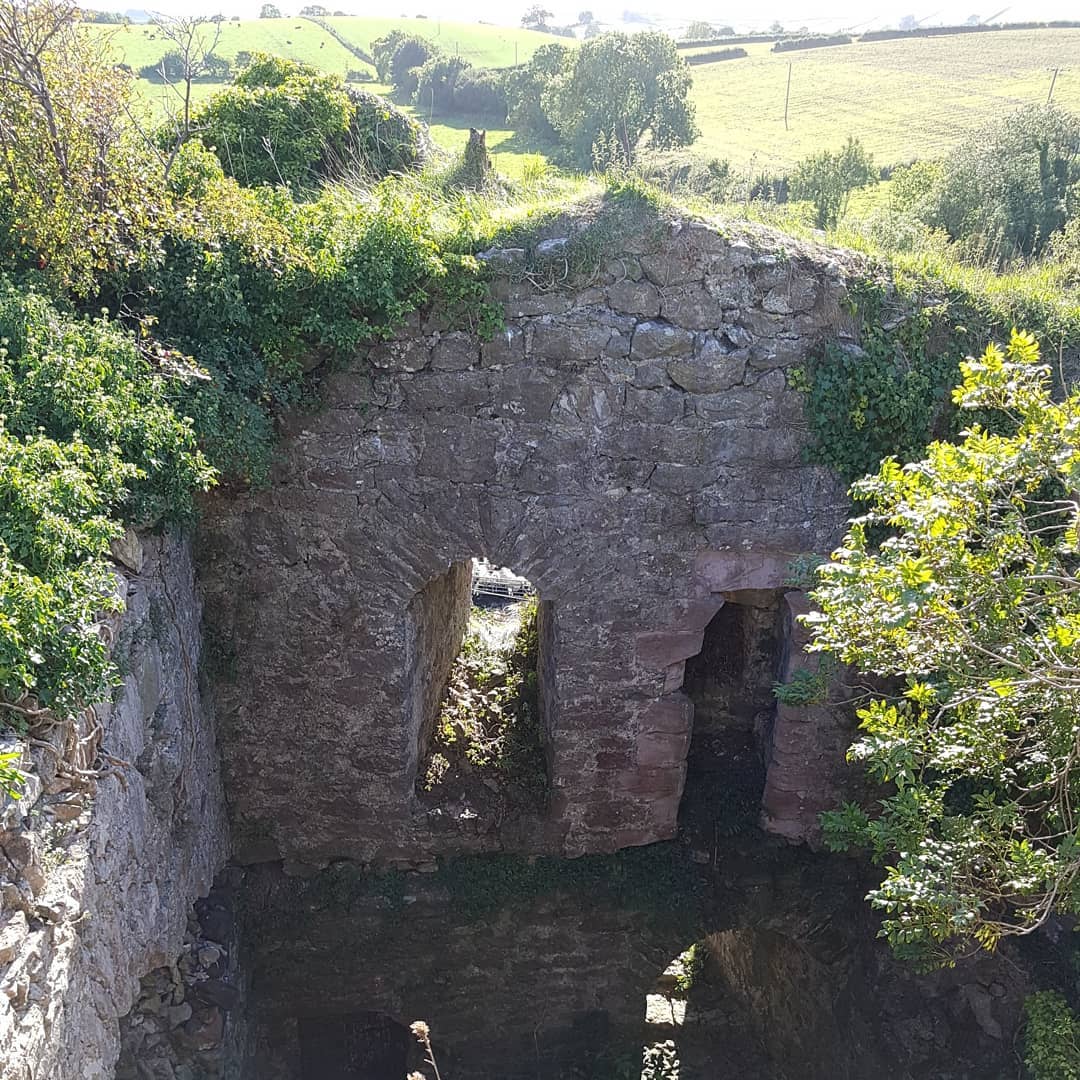 >
>
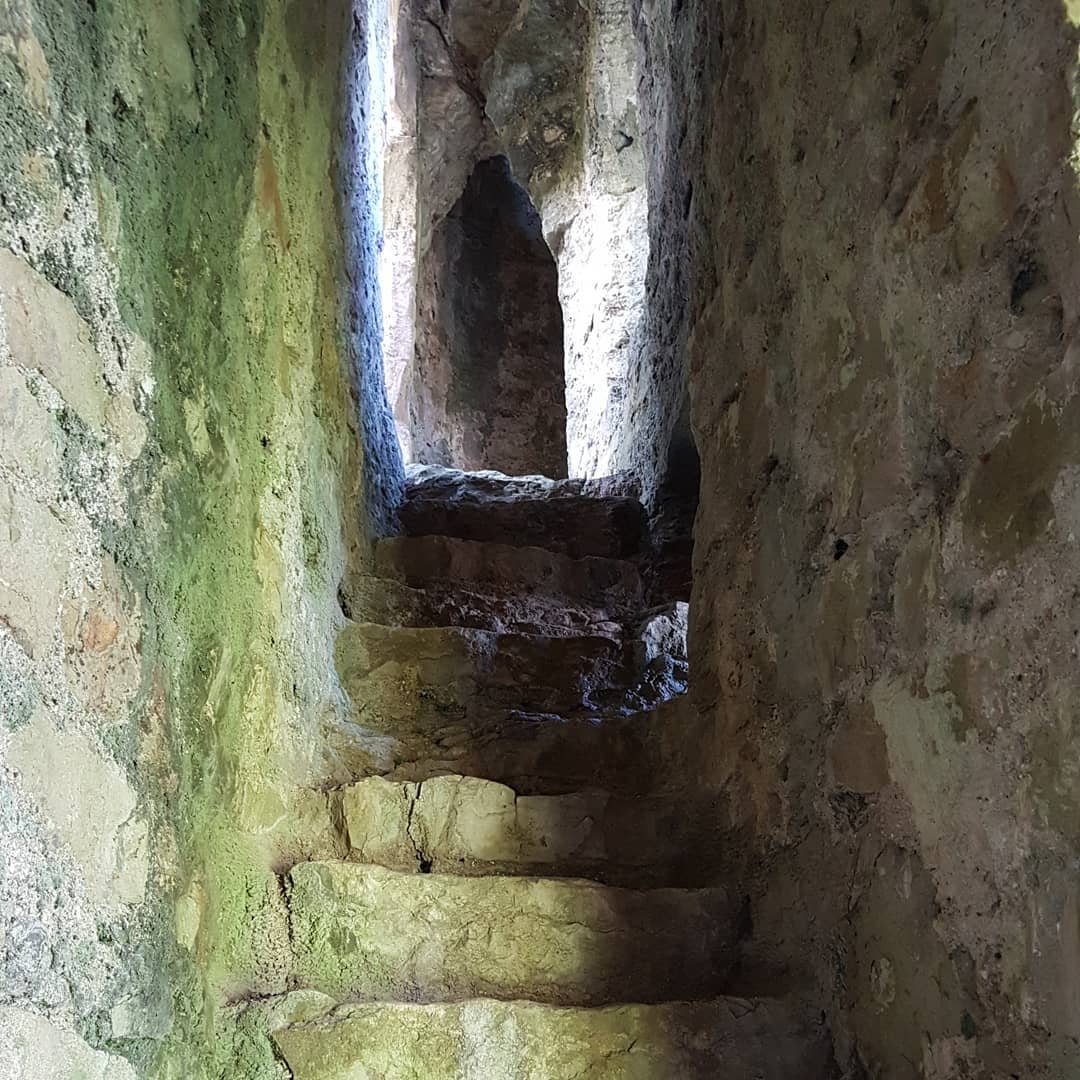 >
>
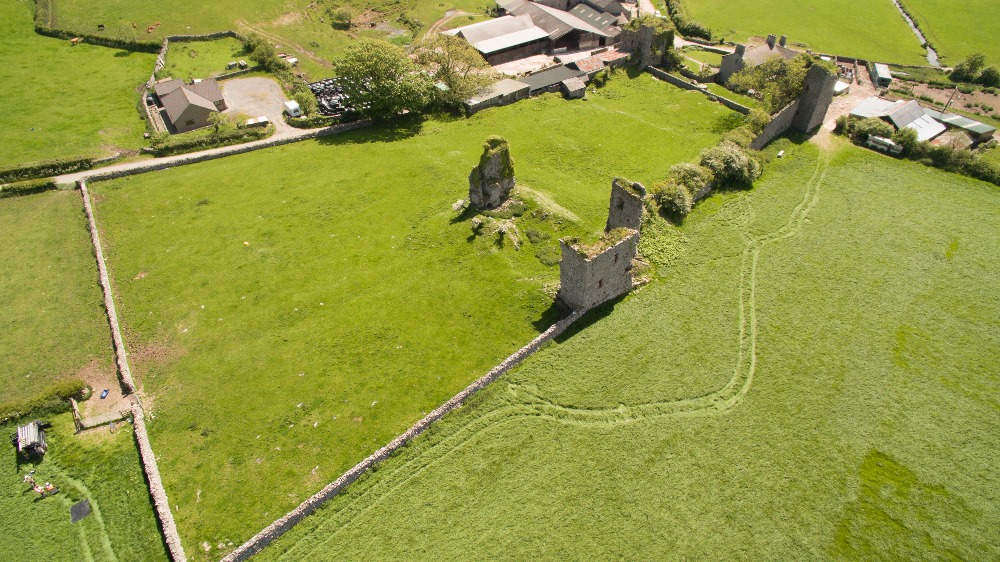 >
>
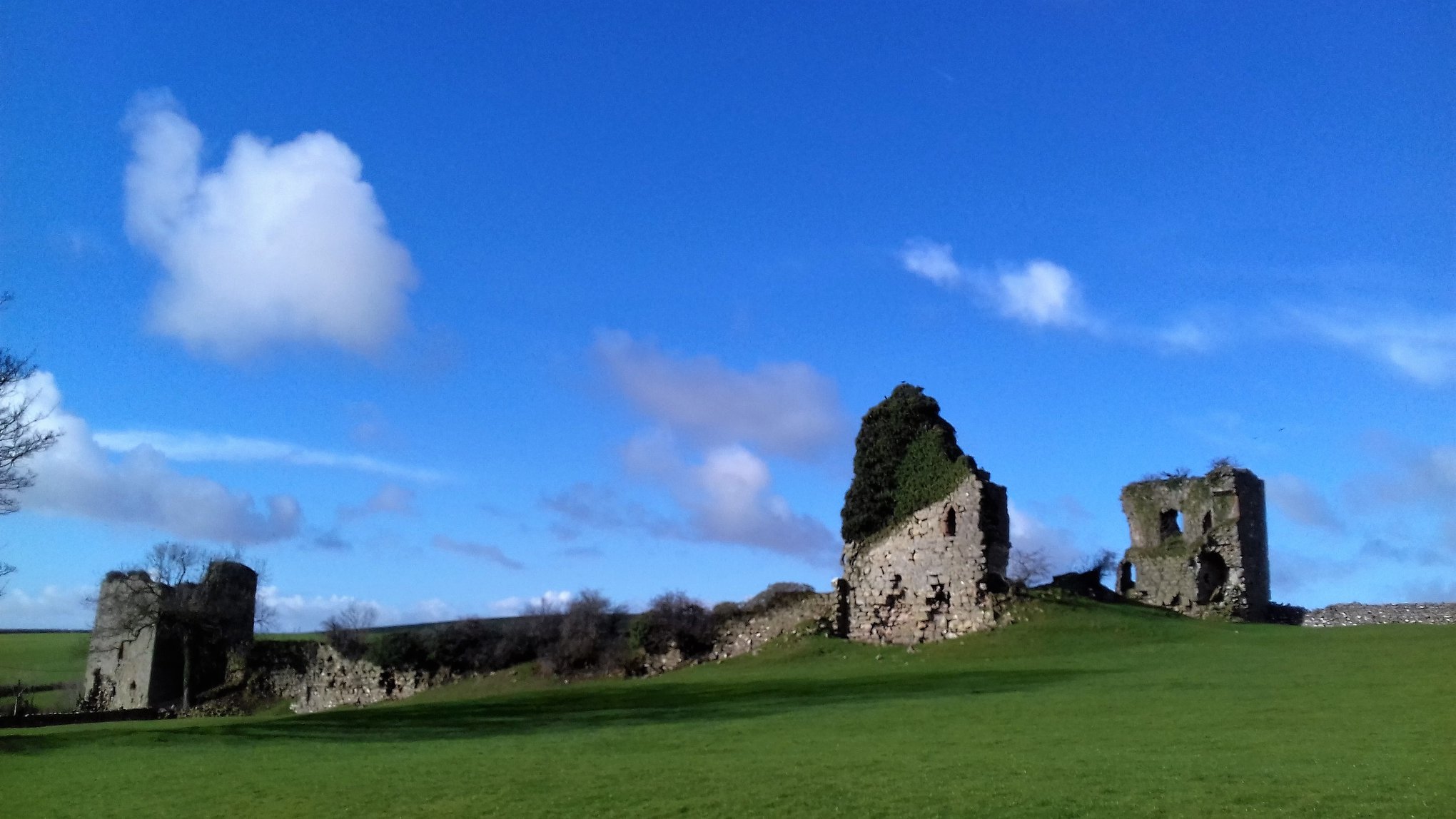 >
>
Gleaston Castle: A Factual Exploration of Cumbria's 14th-Century Relic Imagine the scene: rolling emerald hills, the scent of damp earth and wildflowers in the air, and rising against this backdrop, the imposing silhouette of Gleaston Castle. This silent sentinel, a testament to a bygone era, emerges from the Cumbrian countryside in England. Erected sometime in the 14th century – a turbulent period in English history marked by the Hundred Years' War with France and the devastating Black Death – the castle's exact origins remain unclear, although historical records suggest it might have been built for John Harington, 1st Baron Harington, a prominent figure in medieval England who served as both soldier and diplomat. Notably, it replaced an earlier fortification called Aldingham Motte. A Design Rooted in Function Gleaston Castle boasts a distinctive quadrilateral plan, with four sturdy towers guarding each corner. This design offered a strong defensive posture, potentially reflecting the realities of the period. The largest tower, positioned in the north-west corner, is believed to have housed the grand hall, a central space for gatherings and important activities. Perhaps it once echoed with the clatter of armour, the murmur of conversation, and even the strains of medieval music. Building Materials and Hidden Details Local limestone, quarried from the nearby hills, forms the bulk of Gleaston Castle's structure. Run your hand along the cool, weathered stone and imagine the skilled hands that placed each block. However, a closer look reveals intriguing details. The doorways and windows feature red sandstone, a material absent from the immediate vicinity. Archaeological theories suggest this red sandstone might have been transported from a beach over 2 miles away, highlighting the resourcefulness and dedication employed during construction. This use of red sandstone for architectural details is also seen at Piel Castle near Barrow-in-Furness. A Shrouded Past The reasons behind Gleaston Castle's abandonment around the 16th century remain a mystery. While the exact reasons remain shrouded in mystery, several factors could have contributed. The rise of gunpowder artillery in the 16th century rendered traditional castle defences less effective. Additionally, changes in social structures and living preferences may have led the Haringtons, or subsequent owners, to favour more comfortable and modern residences. Documentation from that period is scarce, leaving historians to piece together the narrative through educated guesses and archaeological evidence. A Time Capsule Awaits Fortunately, the castle's abandonment has preserved a unique example of 14th-century architecture. Unlike many other castles, Gleaston Castle hasn't undergone significant modifications throughout the centuries. This makes it a valuable resource for researchers studying medieval construction techniques and lifestyles. A Glimpse into History Today, Gleaston Castle resides within a working farm, and access for the public is restricted. However, visitors can still appreciate the castle's imposing exterior from a nearby road. Remember to be respectful of private property and avoid disrupting farm operations. A Gateway to Further Exploration Gleaston Castle serves as a powerful reminder of Cumbria's rich history. This factual exploration lays the groundwork for further investigation into the castle's intriguing past and the Harington family associated with it. For those eager to delve deeper into its history, resources abound. Local archives, historical societies, and online databases offer a wealth of information about the castle, the Harington family, and the fascinating era in which they lived. Perhaps future discoveries will shed light on the reasons behind its construction and abandonment, offering a more complete picture of this enigmatic relic. #GleastonCastle #Cumbria #14thCentury #MedievalCastle #EnglishHeritage #HistoryMystery #HaringtonFamily #RedSandstone #ArchitecturalDetails #UnexploredBritain #TravelBritain